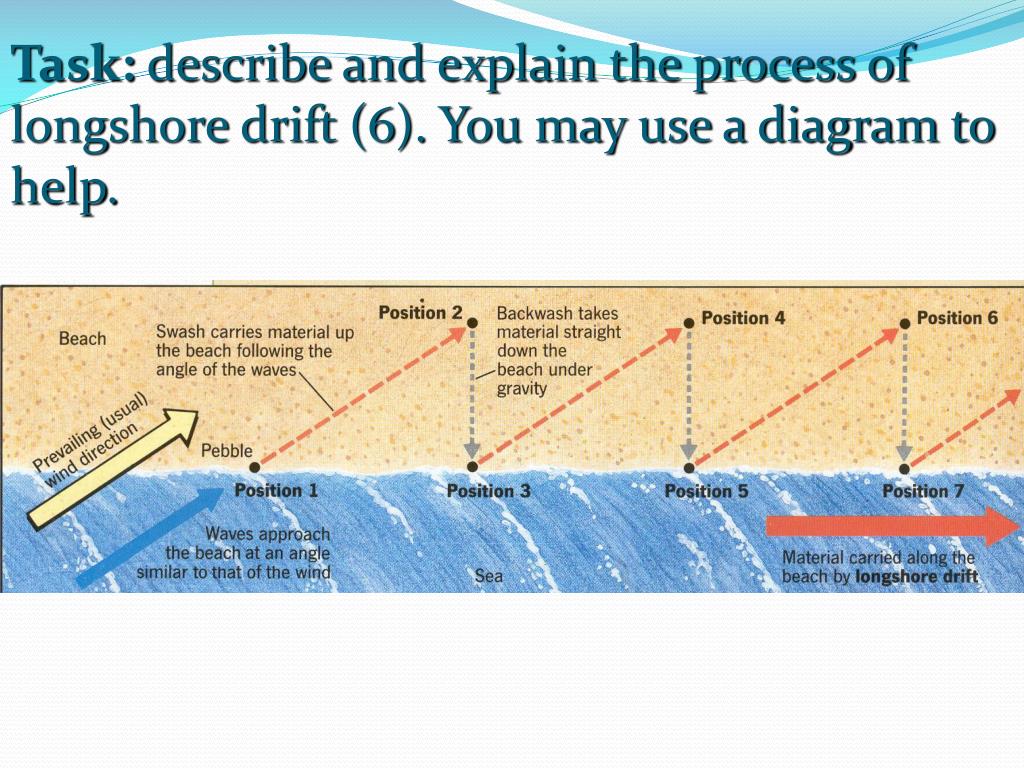


(e) Continental collision (suz, suture zone). (c) Initiation of subduction (sz, subduction zone vl, volcanic line). (b) Opening of the ocean (am, accretional margin). (a) Initiation of new ocean at a continental rift zone. Lawrence River Valley Rift and the Niger Rift in Africa.įIGURE 9. Examples of failed arms associated with the opening of the Atlantic Ocean are the St. The third rift aborts and is known as a “failed” arm. When a continent opens, two of the rifts separate and become part of an ocean. An example of a triple junction is at the southern end of the Red Sea, the Gulf of Aden, and the East African Rift. An example of a lithospheric swell on a continent is the Ethiopian swell on the East African Rift. Aulacogens are the surface expressions of the impingement of mantle plumes on the base of the continental lithosphere and are associated with lithospheric swells. Aulacogens (triple junctions with three rifts connected at about 120°) are believed to play a key role in the initiation of rifting and the breakup of continents.

These may or may not break apart to form future oceans. Present examples are the East African Rift system and the Rio Grande graben. The first step in the Wilson cycle is the breakup of a continent. The Wilson cycle, in its simplest form, is illustrated in Fig. In particular, he proposed that oceans open and close this is now known as the Wilson cycle and was based on the opening and closing of the Atlantic Ocean. Tuzo Wilson proposed in 1966 that continental drift is cyclic. Chapter 5 describes how differential rotation leads to plate tectonics, focusing on lower symmetries in the forces than uniaxial. The surface westward drift of the plates demonstrates that differential rotation (spin) exists between Earth’s layers. For a detailed analysis of diverse evidence of the importance of spin, see Doglioni and Panza (2015). Plates rotate more slowly than the interior, with an average velocity difference of ~6 cm year −1. Subsequent seismological studies have focused on motions of the oceanic plates, relative to the reference frame of the globe and have shown that spin plays an important role in plate tectonics ( Riguzzi et al., 2010 Doglioni and Panza, 2015 Doglioni and Anderson, 2015). Additional studies of fossil records show that the positions of the poles are nearly time-independent, and so continental drift has been predominantly E-W over phanerozoic history ( Stehli et al., 1969). Without any other viable hypothesis for the mechanism, mantle convection was also accepted. Subsequent to the discovery of the mid-oceanic rifts and parallel magnetic stripes on the ocean floor, continental drift was accepted circa 1967. Hofmeister, in Heat Transport and Energetics of the Earth and Rocky Planets, 2020 1.5.1.1 Large scale motions indicate differential rotationĬontinental drift was proposed by meteorologist Alfred Wegener in 1912 on basis of congruent continental shapes and supporting fossil evidence, but was dismissed by geologists on the basis of rock strength.


 0 kommentar(er)
0 kommentar(er)
